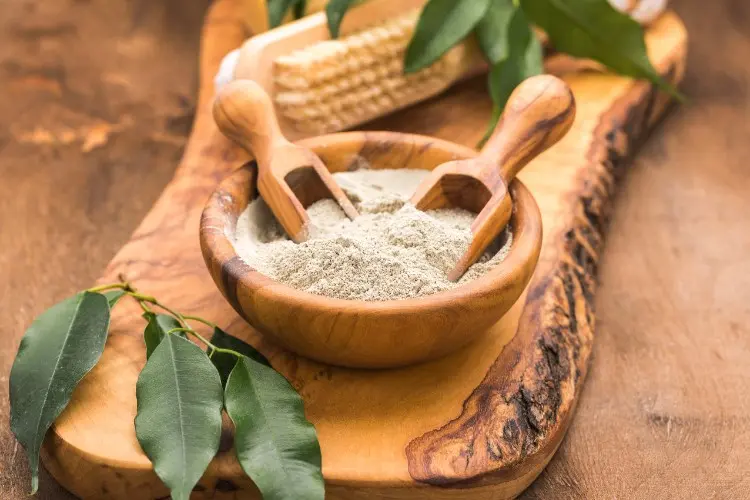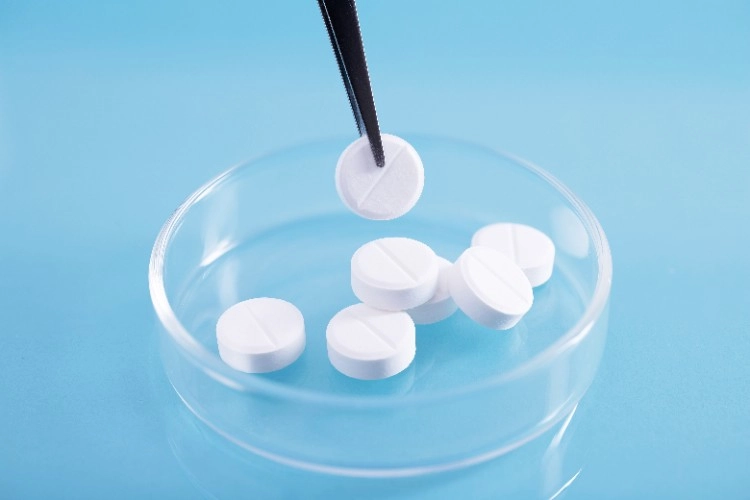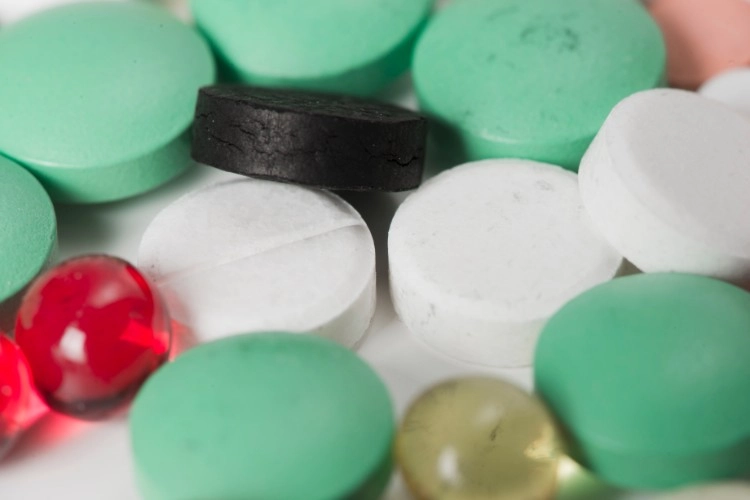Pure Power - MCC & Magnesium Stearate
Why We Trust the MCC–Magnesium Stearate Combo
We’ve spent years in tablet formulation labs. When you're producing tablet and capsule products at scale, you need excipients that perform consistently.
That’s where Microcrystalline Cellulose (MCC) and Magnesium Stearate shine. This duo brings together flowability, compressibility, and controlled disintegration. It’s not just a marriage of convenience—it’s a formulation power couple.
Let’s break it down.
What is Microcrystalline Cellulose?
We often describe microcrystalline cellulose as the backbone of solid dosage forms. It’s a purified, partially depolymerized cellulose derived from wood pulp. Sounds fancy—but it’s simple and incredibly functional.
Key Functions of MCC:
· Acts as a binding agent
· Offers high compressibility
· Stabilizes the active pharmaceutical ingredient (API)
· Supports wet granulation processes
· Enhances tablet hardness and reduces friability
We’ve seen how MCC’s crystalline structure makes it perfect for compressed tablets. It absorbs moisture just enough to work well in contact with water, improving disintegration without messing with drug release profiles.
What About Magnesium Stearate?
Now here’s the real MVP of pharmaceutical excipients—magnesium stearate. It’s a simple salt made from stearic acid and magnesium hydroxide. Though tiny in dose, its impact is massive.
Why We Use Magnesium Stearate:
· Works as a flow agent
· Acts as a lubricant during tableting
· Prevents sticking in high-speed presses
· Enhances uniform tablet formulation
Magnesium stearate slides between particles and prevents friction during compression. If your tablet press has ever seized up—yeah, you know what we’re talking about—it probably lacked enough lubrication.
The Secret Sauce: MCC + Magnesium Stearate
Using Microcrystalline Cellulose Magnesium Stearate together makes every step in our manufacturing process smoother. They complement each other, addressing gaps and strengthening benefits.
This Pair Solves Common Formulation Problems:
1. Poor flowability? MCC helps.
2. Capping or lamination? Magnesium stearate handles that.
3. Uneven tablet weight? This combo ensures content uniformity.
4. Moisture sensitivity? MCC holds it in check.
5. Disintegration control? Balanced beautifully.
In one trial, we observed that adding just 0.5% magnesium stearate to an MCC-based formulation reduced ejection force by 40%. Less machine stress, better product—win-win.
Tablet Excipients That Work Hard
We know not all tablet excipients are created equal. The trick lies in finding that sweet spot of compatibility and performance. MCC and magnesium stearate achieve this by enhancing each other's roles.
Let’s Put It in Perspective:
· Methyl cellulose offers film-forming but lacks compressibility.
· Sodium starch glycollate is a powerful disintegrant but doesn’t bind.
· Cellulose derivatives vary widely in function—some work as sustained release agents, others don’t.
But Microcrystalline Cellulose Magnesium Stearate delivers reliable performance in both immediate and controlled-release systems. We’ve seen the results firsthand.
The Formulator's Checklist
When we formulate drug products, we follow a checklist. Here's what we look for in excipients:
✅ Excellent flow
✅ High compressibility
✅ Minimal reactivity with APIs
✅ Uniform drug release
✅ Compatibility with coating systems
✅ Stable under varying humidity
Guess what? The MCC-magnesium stearate combo ticks every box.
Real Talk: Common Pitfalls to Avoid
Even great things come with warnings. Here’s what we’ve learned:
1. Overdoing magnesium stearate kills tablet hardness. Stick to 0.25–1%.
2. Poor mixing leads to hydrophobic layers—slows down disintegration.
3. MCC grade selection matters. Some grades fluff too much or compress too little.
4. Incompatible APIs may require co-processing or layering techniques.
Don't just toss ingredients into the blender and hope for the best. We test, tweak, and test again. That’s how solid pharmaceutical dosage form development works.
Fun Fact: MCC's Origin Story
Ever wonder how MCC came to be? It started in the 1950s when researchers tried to purify cellulose for use in food. What they got was a dry, fluffy white powder—highly compressible and oddly absorbent. Fast-forward to today, and it’s a staple in nearly every tablet formulation we craft.
Where We See It Going
Formulations evolve. APIs get more complex. Delivery systems become smarter. But we believe Microcrystalline Cellulose Magnesium Stearate will remain a cornerstone in pharmaceutical excipients.
Future Trends We’re Watching:
· Co-processed excipients
· AI-driven formulation modeling
· Natural stearate alternatives
· Functional sustained release agents
· Bio-enhanced MCC derivatives
We’re already testing some of these in our R&D lab. Innovation never sleeps, and neither do we.
Final Thoughts: We Trust It. So Can You.
We’ve produced thousands of tablet and capsule batches using MCC and magnesium stearate. They’re reliable, scalable, and cost-effective. From drug absorption efficiency to high-speed press compatibility, this combo delivers.
If you're developing drug products, don't overlook the basics. Your active pharmaceutical ingredient (API) needs the right support team. And in our experience, there’s no better support than the MCC-magnesium stearate pair.






